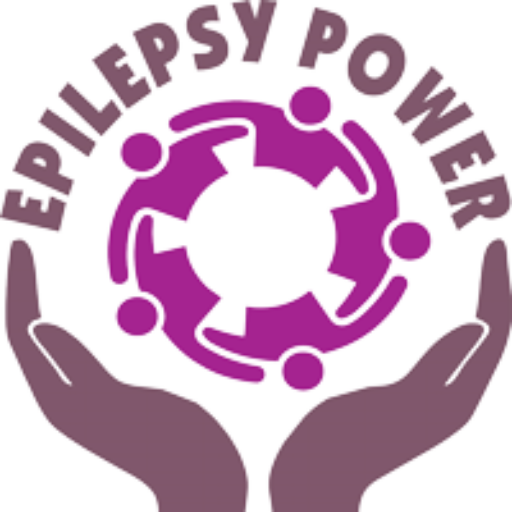- Introduction
- Section 1: Knowing the main competences of a HR manager and the main activities of HR office
- Section 2: Understanding the specific needs of PwE to allow optimal integration in a workplace
- Section 3: How to manage people by considering the size of the organization and other diversity-inclusion management aspects needed for PwE
- Section 4: Measuring and enhancing staff performance using appropriate evaluation methods, including for people with epilepsy (PwE)
- Concluding Remarks
- Quiz
Statistics
Total Participants: 3
N. of issued certificate: 1
Total Participants: 3
N. of issued certificate: 1
Some suggestions and proposals for the employment of people with epilepsy, considering the institutional and legal context of an organization, can be:
- Path of inter-institutional collaboration and sharing towards a labour inclusion system that can be more efficient and organic throughout the country.
- Provision of a unified reference framework with respect to principles, interventions and implementation methodologies.
- Supporting administrative capacity actions through inter-institutional collaboration, with the aim of promoting the adoption of innovative interventions in regional planning. This effort also enhances existing services provided by regional agencies focused on targeted employment initiatives.
- Promoting and consolidating the systematic management of administrative data related to job placement to ensure that information is constantly updated and flows smoothly. This includes developing collaborative applications that allow different systems dealing with epilepsy to work together effectively. These efforts are part of regional governance and are aligned with national standards to ensure comprehensive analysis and evaluation of the data.
- Accessible and dynamic IT platform for the systematic collection of good employment inclusion practices in order to contribute, through the dissemination of positive and effective experiences, to the raising of management standards of the targeted employment system and to ensure the availability throughout the national models of actions, procedures and projects.
- Annual monitoring of the implementation of the guidelines, by the Ministry of Labour and Social Policies with the collaboration of the competent regional administrations, also making use of the reasoned repertoire of good practices expressed by the territories and contained in the IT Platform.
- Proposal for the adoption of the mainstreaming of epilepsy for a system of analysis and evaluation of the policies promoted by the regional administrations that considers the potential impact on the world of epilepsy of the measures prepared, not only in terms of equity but also in terms of economic growth.
- Proposal for an ex-ante gender assessment of the impact of the measures adopted by the administrations in the field of targeted employment.
- Promotion of communication campaigns and enhancement of corporate social responsibility that guarantee good quantitative and qualitative results in terms of employment and produce the necessary cultural changes on the issue of epilepsy in organisational and production contexts.
- Introduction or consolidation by the administrations responsible for targeted employment, of rewarding mechanisms and clauses in public contracts in favour of companies and bodies that have instituted the figure of the person responsible for job integration in the workplace.
- Recourse to the figure of the person responsible for job placement in the workplace also in an advisory capacity for SMEs by drawing on skills available in the area.
- Remodulation of the targeted employment measures and services, based on the adoption of intervention models, with the identification of the persons responsible for the procedures of PwE management and monitoring of the inclusion, without neglecting the territorial peculiarities and the governance implications of the system resulting from their adoption.
Information sources
- Strobel, K. R., Kurtessis, J. N., Cohen, D.J., & Alonso, A. (2015). Defining HR Success: 9 critical competencies for HR professionals. Society for Human Resource Management. Alexandria, VA.
- Campion, M. A., Fink, A. A., Ruggeberg, B. J., Carr, L., Phillips, G. M., & Odman, R. B. (2011). Doing competencies well: best practices in competency modeling. Personnel Psychology, 64, 225-262.
- Graham, D. (2017). Embedding employability behaviours, Journal of Work-Applied Management, Vol. 9 No. 1, pp. 35-50, available at: http://doi.org/10.1108/JWAM-01-2017-0001.
- Herman, S.J. (2017). Teaching contemporary human resource management, Journal of Management Education, Vol. 32 No. 4, pp. 143-145.
- Kurtessis, J. N., Strobel, K. R., & Alonso, A. (2014). The SHRM Competency Model Content Validation Study. Available online on shrm.org/HRCompetencies/ PublishingImages/14-0705%20Content%20Validation%20Study%203.pdf
- Kurtessis, J. N., Strobel, K. R., Tannenbaum, R., & Alonso, A. (2015). The SHRM competency model examination of the relationship between performance and proficiency.
- Mullins, L. and Christy, G. (2016). Management and Organisational Behaviour, 11th ed., Pearson, Harlow and New York, NY.
Suggested readings
- Vic Benuyenah V., Boukareva B., (2018) Making HRM curriculum relevant – a hypothetical practitioners’ guide, Journal of Work-Applied Management, ISSN 2205-2062.
- Wong K. (2023), Diversity and inclusion in the workplace: Benefits and challenges, on Diversity, Equity, Inclusion, and Belonging (DEIB), Available online.
- Society for Human Resource Management. (2008). Managing your HR career: A survey report by SHRM. Available online on shrm.org/Research/SurveyFindings/ Articles/Pages/ 2008ManagingYourHRCareerSurveyReport.aspx
- Garnett, J., Abraham, S. and Abraham, P. (2016), “Using work-based and work-applied learning to enhance the intellectual capital of organisations”, Journal of Work-Applied Management, Vol. 8 No. 1, pp. 56-64, available at: http://doi.org/10.1108/JWAM-08-2016-0013.
